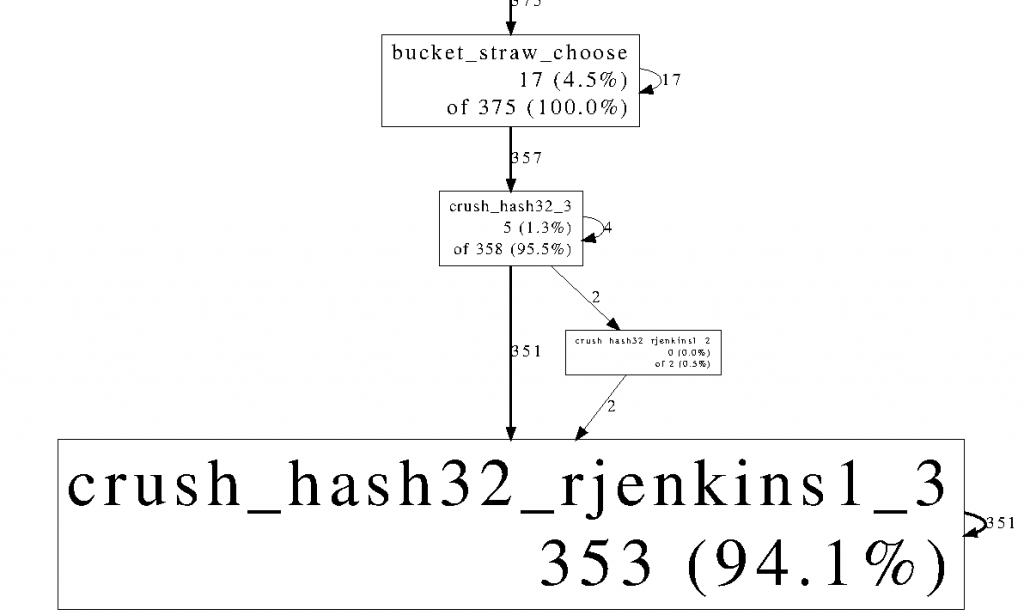shortlog is convenient to print a leader board counting contributions. For instance to display the top ten commiters of Ceph over the past year:
$ git shortlog --since='1 year' --no-merges -nes | nl | head -10
1 1890 Sage Weil <sage@inktank.com>
2 805 Danny Al-Gaaf <danny.al-gaaf@bisect.de>
3 491 Samuel Just <sam.just@inktank.com>
4 462 Yehuda Sadeh <yehuda@inktank.com>
5 443 John Wilkins <john.wilkins@inktank.com>
6 303 Greg Farnum <greg@inktank.com>
7 288 Dan Mick <dan.mick@inktank.com>
8 274 Loic Dachary <loic@dachary.org>
9 219 Yan, Zheng <zheng.z.yan@intel.com>
10 214 João Eduardo Luís <joao.luis@inktank.com>
To get the same output for reviewers over the past year, assuming the Reviewed-by is set consistently in the commit messages, the following can be used:
git log --since='1 year' --pretty=%b | \
perl -n -e 'print "$_\n" if(s/^\s*Reviewed-by:\s*(.*<.*>)\s*$/\1/)' | \
git check-mailmap --stdin | \
sort | uniq -c | sort -rn | nl | head -10
1 652 Sage Weil <sage@inktank.com>
2 265 Greg Farnum <greg@inktank.com>
3 185 Samuel Just <sam.just@inktank.com>
4 106 Josh Durgin <josh.durgin@inktank.com>
5 95 João Eduardo Luís <joao.luis@inktank.com>
6 95 Dan Mick <dan.mick@inktank.com>
7 69 Yehuda Sadeh <yehuda@inktank.com>
8 46 David Zafman <david.zafman@inktank.com>
9 36 Loic Dachary <loic@dachary.org>
10 21 Gary Lowell <gary.lowell@inktank.com>
The body of the commit messages ( –pretty=%b ) is displayed for commits from the past year ( –since=’1 year’ ). perl reads an does not print anything ( -n ) unless it finds a Reviewed-by: string followed by what looks like First Last <mail@dot.com> ( ^\s*Reviewed-by:\s*(.*<.*>)\s*$ ). The authors found are remapped to fix typos ( git check-mailmap –stdin ).
The authors can further be remapped into the organization to which they are affiliated using the .organizationmap file which has the same format as the .mailmap file, only remapping normalized author names to organization names with git -c mailmap.file=.organizationmap check-mailmap –stdin
git log --since='1 year' --pretty=%b | \
perl -n -e 'print "$_\n" if(s/^\s*Reviewed-by:\s*(.*<.*>)\s*$/\1/)' | \
git check-mailmap --stdin | \
git -c mailmap.file=.organizationmap check-mailmap --stdin | \
sort | uniq -c | sort -rn | nl | head -10
1 1572 Inktank <contact@inktank.com>
2 39 Cloudwatt <libre.licensing@cloudwatt.com>
3 7 Intel <contact@intel.com>
4 4 University of California, Santa Cruz <contact@cs.ucsc.edu>
5 4 Roald van Loon Consultancy <roald@roaldvanloon.nl>
6 2 CERN <contact@cern.ch>
7 1 SUSE <contact@suse.com>
8 1 Mark Kirkwood <mark.kirkwood@catalyst.net.nz>
9 1 IWeb <contact@iweb.com>
10 1 Gaudenz Steinlin <gaudenz@debian.org>




